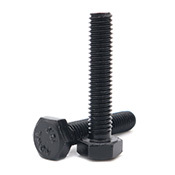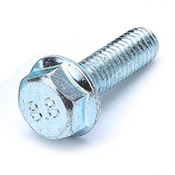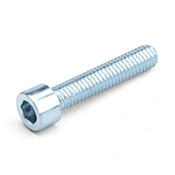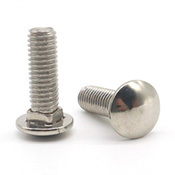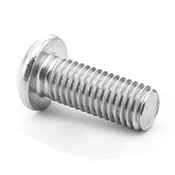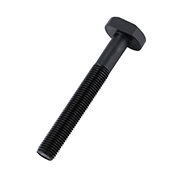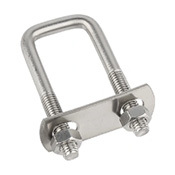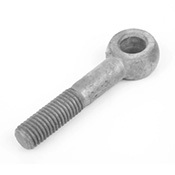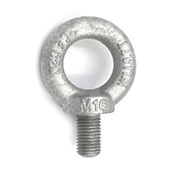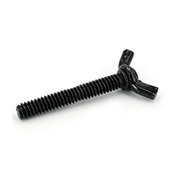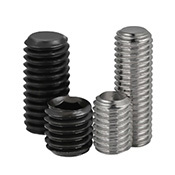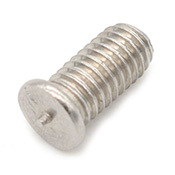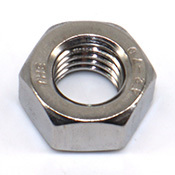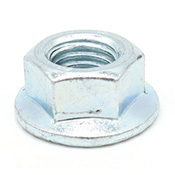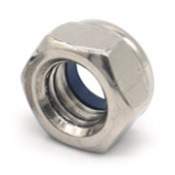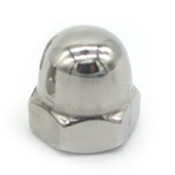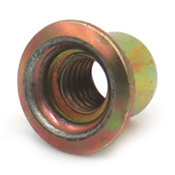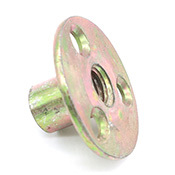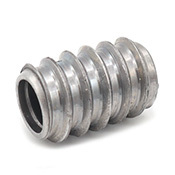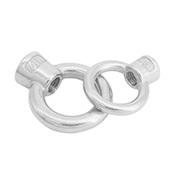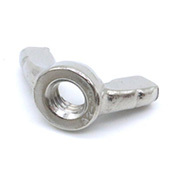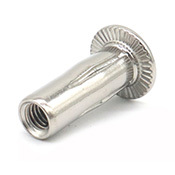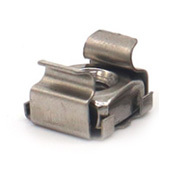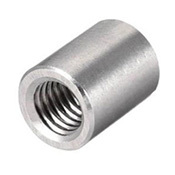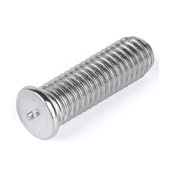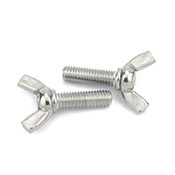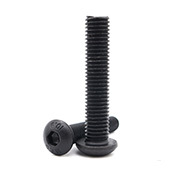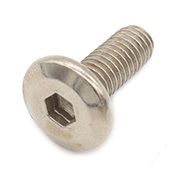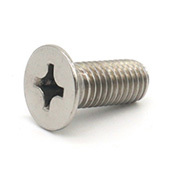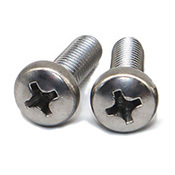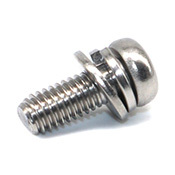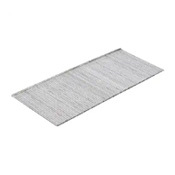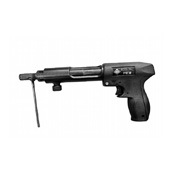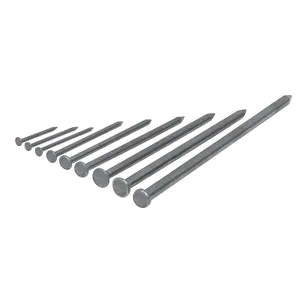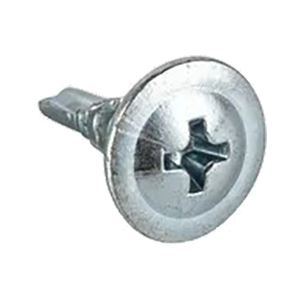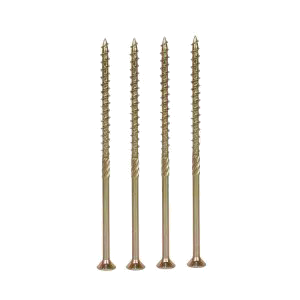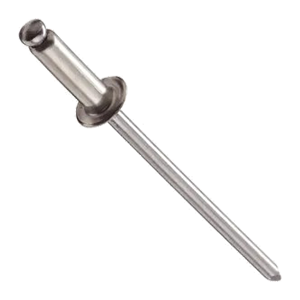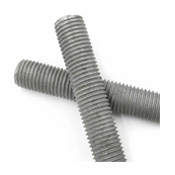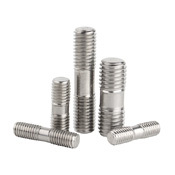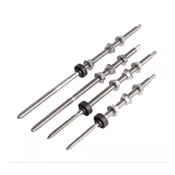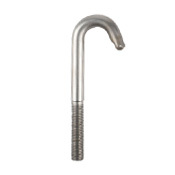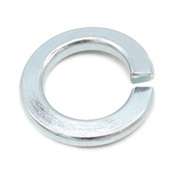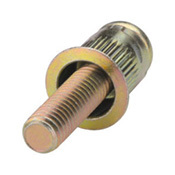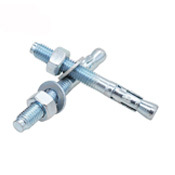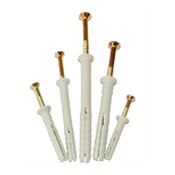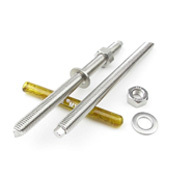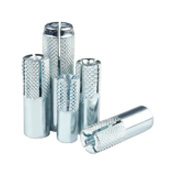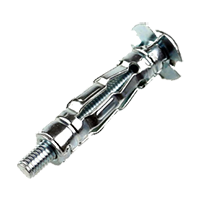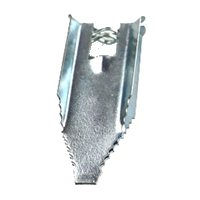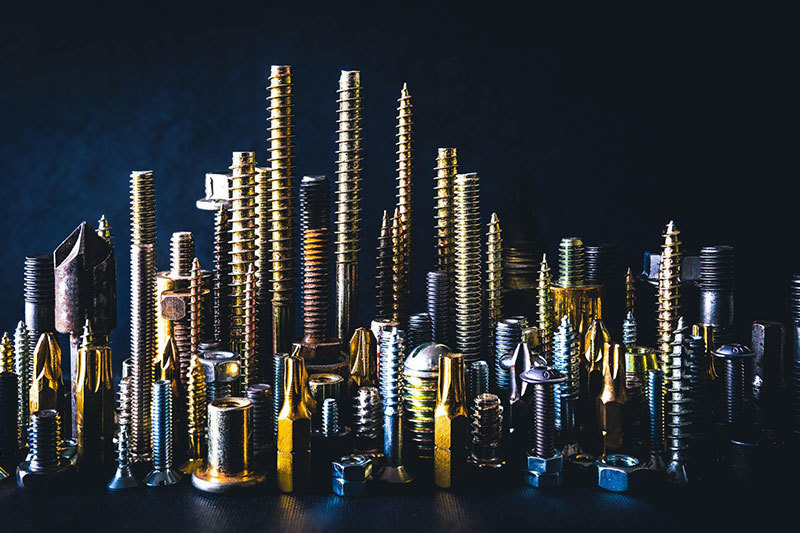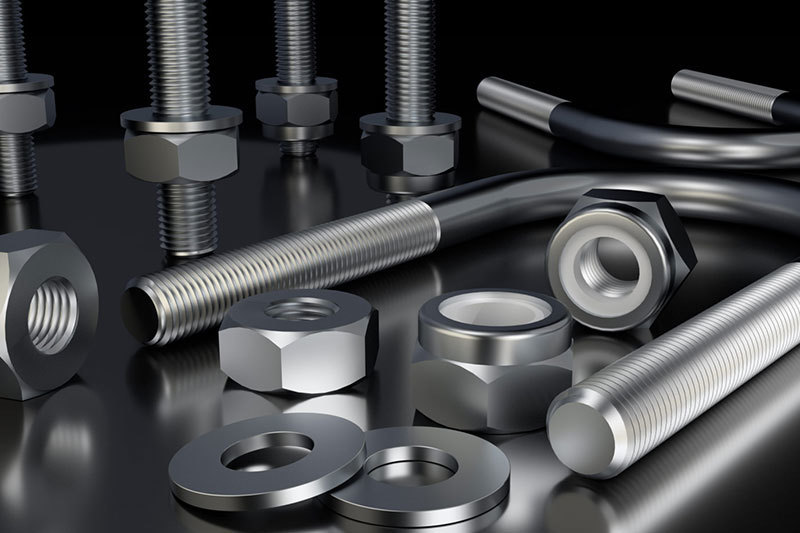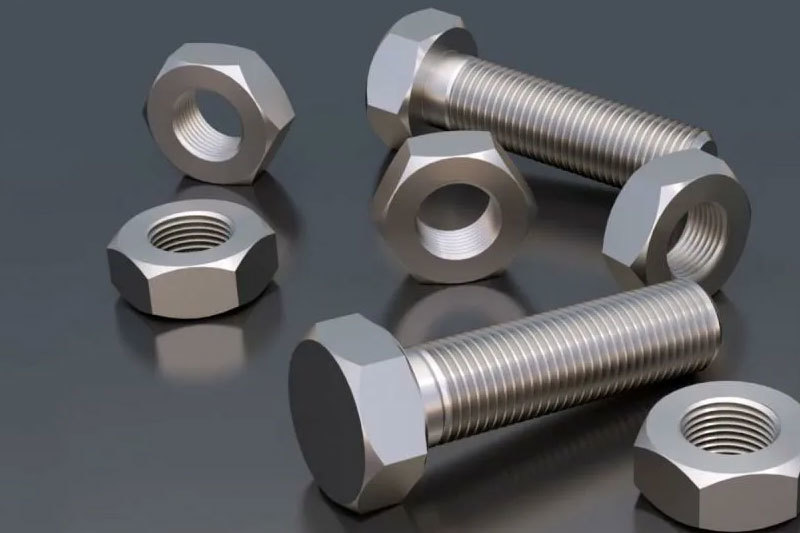Understanding the Mechanics of Screws: The Unsung Heroes of Fastening
Nov 20,2025
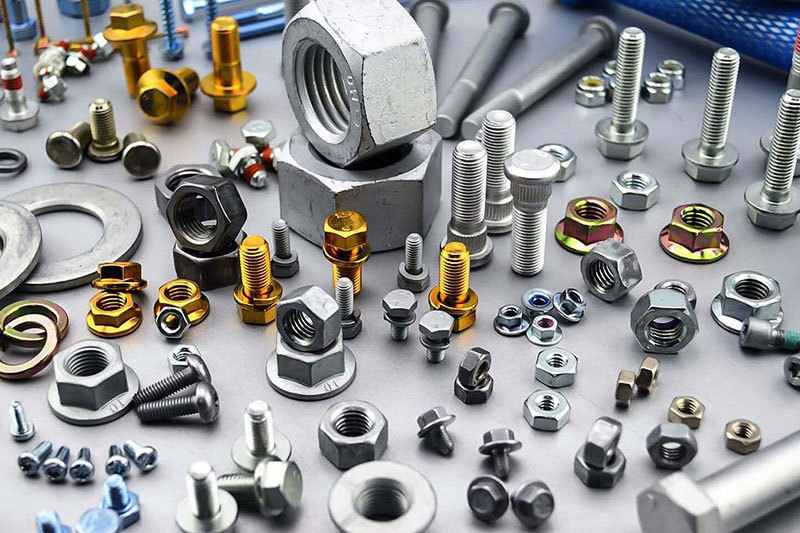
Screws: The Mighty Fasteners
Ever found yourself in a pickle, trying to assemble that new bookshelf or fix a loose chair? You might have realized how crucial screws are in our daily lives! These little metal wonders are the unsung heroes of construction and assembly. But how do they actually work? Let's dive into the nitty-gritty of these essential fasteners.
The Anatomy of a Screw
First off, let's break down the anatomy. A screw typically consists of a cylindrical shaft with a spiral ridge, known as a thread. This thread is what gives screws their grip. When you turn a screw, the thread digs into the material, pulling it tightly together. It's like a friendly hug—tight enough to hold things in place but not so tight that it breaks them!
Types of Screws: One Size Doesn't Fit All
Did you know there are hundreds of types of screws? From wood screws to machine screws, each serves a specific purpose. For instance, wood screws have coarse threads that bite into wood, while machine screws are finer and designed for metal. It's like choosing the right tool for the job—grab the wrong one, and you'll just end up frustrated!
How Screws Work: The Mechanics
So, how do these little guys actually work their magic? It all comes down to physics! When you turn a screw, you apply torque, which is the rotational force. This force is transferred through the thread to create a linear force that pulls two or more materials together. Essentially, turning the screw pulls the materials closer, locking them in place. Talk about a brilliant design!
The Importance of Thread Design
Let's not forget about the thread. The design of the thread is crucial for the screw's effectiveness. A finer thread means more turns for the same amount of grip, while a coarse thread can bite into materials quickly. It's a delicate balance—like a dance between grip and ease of use.
Applications Galore: Where Screws Shine
Screws are everywhere, from your kitchen to construction sites. You'll find them holding down furniture, assembling machinery, and even in electronics. You name it, there's probably a screw involved! And let's not overlook their role in DIY projects. A few screws here and there, and you've transformed your living space.
Screws vs. Nails: The Great Debate
Ah, the classic showdown: screws or nails? While nails can be quicker to use, screws provide superior holding power. They're less likely to pull out over time, making them ideal for heavy-duty applications. Plus, if you ever need to take something apart, a screw is way easier to remove than a nail. You get the best of both worlds!
A Little Care Goes a Long Way
Want to keep those screws doing their job? It's all about maintenance! Ensure you use the right screwdriver to avoid stripping the heads. And if you're working with metal, consider using a little lubricant to make the job smoother. Trust me, your future self will thank you!
The Future of Screws: Innovations Ahead
With technology advancing, screws are getting smarter, too! Innovations like self-drilling screws are making assembly faster and easier. Who knows what the future holds? Maybe one day we'll have screws that can tighten themselves—now that would be something!
Final Thoughts: The Power of Screws
So, there you have it! Screws might seem small, but their impact is monumental. From keeping your furniture intact to holding complex machinery together, they are truly the backbone of assembly. Next time you pick up a screwdriver, take a moment to appreciate these little metal marvels. They might just be the most important tool in your toolbox!
TAG:
Previous
Previous:
Related Posts
Application and Development of Fasteners in Automotive Industry

Tel/WhatsApp:
Sales E-mail:
The company's main products cover six categories, including nuts, bolts, screws, threaded rods, flat washers and sleeve anchors.
MESSAGE
We will contact you within one working day. Please pay attention to your email.
COOKIES
Our website uses cookies and similar technologies to personalize the advertising shown to you and to help you get the best experience on our website. For more information, see our Privacy & Cookie Policy
COOKIES
Our website uses cookies and similar technologies to personalize the advertising shown to you and to help you get the best experience on our website. For more information, see our Privacy & Cookie Policy
These cookies are necessary for basic functions such as payment. Standard cookies cannot be turned off and do not store any of your information.
These cookies collect information, such as how many people are using our site or which pages are popular, to help us improve the customer experience. Turning these cookies off will mean we can't collect information to improve your experience.
These cookies enable the website to provide enhanced functionality and personalization. They may be set by us or by third-party providers whose services we have added to our pages. If you do not allow these cookies, some or all of these services may not function properly.
These cookies help us understand what you are interested in so that we can show you relevant advertising on other websites. Turning these cookies off will mean we are unable to show you any personalized advertising.







